*This post contains affiliate links, so when you make a purchase I make a small commission
In our modern world where we, as human beings, have effectively taken over. Where none of the planets natural resources are left unscathed. Where the loss of biodiversity is directly associated with losing habitat, numbers, and food sources, I have to wonder, are we some sort of parasite?
At the rate we are going, based on research done by the World Wildlife Fund and the Zoological Society of London, the world is on track to lose two-thirds of the wild animals by 2020. Between 1970 and 2012 alone animal populations have dropped by 58%. This biodiversity loss is staggering. And yet the human population continues to be on the up and up.
This is not to say that in some areas animal management isn’t needed. In the over urbanized areas where large numbers of a species do not have to work as hard for survival, they stop exhibiting their normal behaviors and start relying on humans to survive. This results in an explosion in populations, which in turn results in less resources for that species and disease from being in such close proximity to one another.
However, as we travel the world, there are some beautiful examples of humans and animals living a mutualistic relationship. What is mutualism? It’s when both species in question benefit from working together. We all know the examples of mutualism between various species, including the oxpecker (a bird) and the rhinoceros and zebras, but are there any examples of this kind of relationship between humans and wildlife?
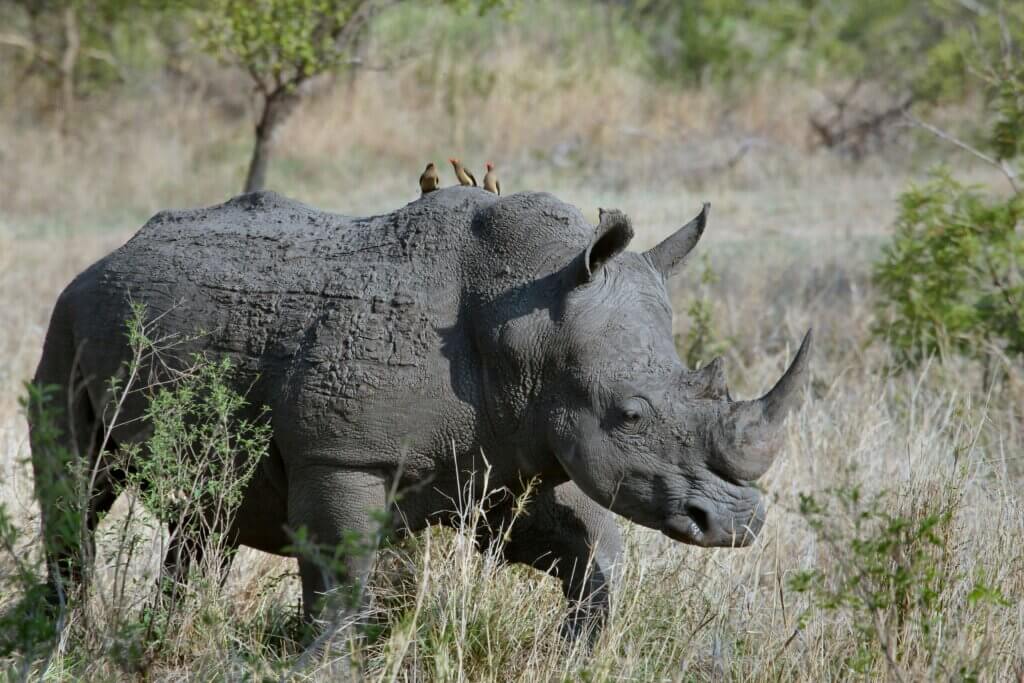
The short answer is yes. There are cultures and indigenous people around the world that make a concerted effort to live in sustainable ways, having a positive impact as they protect the wildlife they live alongside. It is my belief that with an open mind we could all learn something from these relationships. And I feel it’s important to highlight them and all the things these communities are doing for the natural environment to maintain the biological diversity and protect the incredible creatures that grace this earth. It might seem like such a small step in the bigger climate change picture, but it is a start towards a better future for future generations.
The Soliga people
In 2015, a study by Survival International found that between 2010 and 2014 the tigers living in India’s Western Ghats region doubled. The tigers in the study live in the forest alongside the Soliga people, an indigenous tribe.
One reason is because the Soliga consider the tiger a deity and they haven’t, surprisingly, had a single incident of conflict with these animals. The study suggests that there is a mutualistic relationship between the tigers and the Soliga.
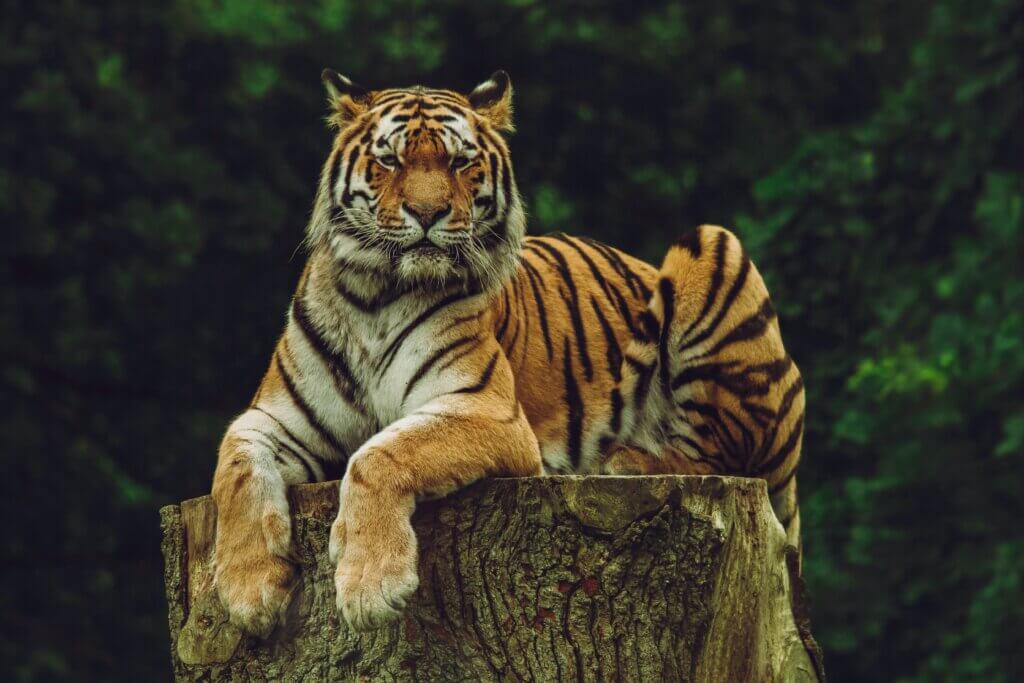
The Soliga being vegetarians, ensures more prey for the tigers because they are not competing for the same food source. They also grow a lot of crops and for those that milk they feel the tigers protect these food sources from milk thieves and raiding of crops.
This is not to say that everyone should be a vegetarian, I think a primarily plant based diet is the way to go with the addition of period sustainably raised protein, but I can see the logic behind the increase in tiger numbers. I am also not saying that all tigers living close to other tribes haven’t caused problems. There are several other examples of tigers killing tribes farm animals and forcing the tribe to leave the area and relocate. But this one tribe provides an interesting and thought-provoking case.
Is it possible to live alongside these graceful, yet highly dangerous animals?
For more information on this check out this story or click on the image above.
The Yao Tribe in Mozambique
A new study shows a mutual relationship between humans and one tiny creature, a greater honeyguide bird. These incredible birds have learned to recognize and respond to specific sound signals and guiding the caller to a beehive, where they can collect the honey. The hunters take the honey and the birds get to feast on the beeswax. It’s a win, win. Well, maybe not for the bees.
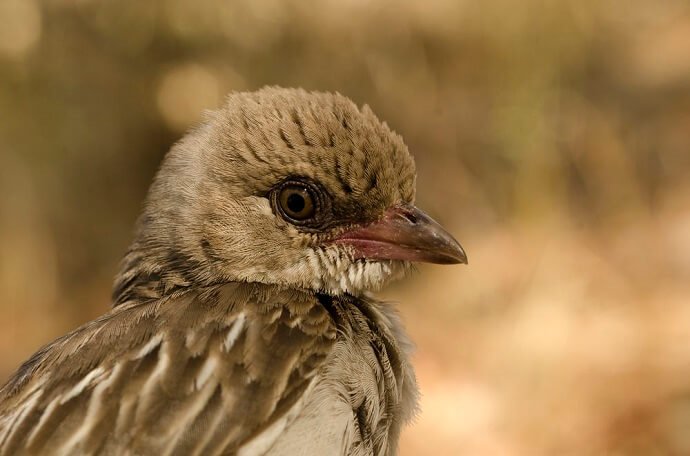
The area where these birds are found, as well as the home of the Yao people, is a big producer of honey and beeswax, collected by the same methods as used by their ancestors. This is a very rare relationship. People train dogs, horses, and other animals through domestication, but these are free living, wild birds. But I guess the benefits outweigh the risks in this case.
For more information on these magnificent birds read the full story or click on the image above. You can also find great places to view wildlife in South Africa here.
Wildlife Bridges in Banff, Alberta, Canada
There came a time when the highway running through Banff needed to be expanded from 2 lanes to 4, but it was determined that this could have a serious negative impact on the wildlife who also share the area. So, they came up with a genius solution. Wildlife crossings and bridges. They created bridges for wildlife to safely cross over the 4-lane highway in search of mates and food.
Since the creation of these bridges there has been significant evidence, using wildlife cameras, of their use and the impact it is having. Including grizzly bears, who have been found to take the longest to learn how to use them. But now, new studies are showing male grizzlies crossing the bridges looking for love.
There are now wildlife bridges in many places in North America, through sustainable development it has had a positive impact on wildlife populations and people’s lives. There is now data showing that the implementation of these wildlife crossings has had a significant impact by decreasing the number of car strikes, allowing wildlife populations to rebound and protecting people’s lives at the same time.
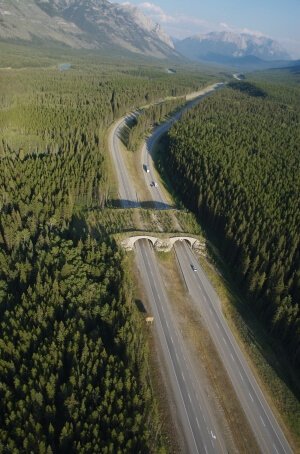
Concluding Thoughts
There are other examples of people living in harmony with the natural world, including our First Nations ancestors, various spiritual groups, including the Hindu’s and Buddhists, and a few other indigenous tribes. They live as part of nature, not against it. Their carbon footprint is minimal. They tread lightly on this earth. By seeing and understanding how these people live in harmony with nature I think we could do the world a wonderful service.
So, the next time you are traveling to Mozambique or Alberta or India, take some time to go and appreciate these various groups of people, learn from them and listen to what they are doing to protect these species. It’s a small start, but it’s a start. There are so many ways we as a species can utilize the technology and scientific advancements in this modern world to protect the natural resources of the planet and the biodiversity that makes a healthy planet stay healthy.
If you are looking for a few simple ways that you can live more in harmony with nature, where one small change could echo into a greater impact, the options are out there. If we each do our part to move sustainable action in a positive direction, big changes can and do happen.
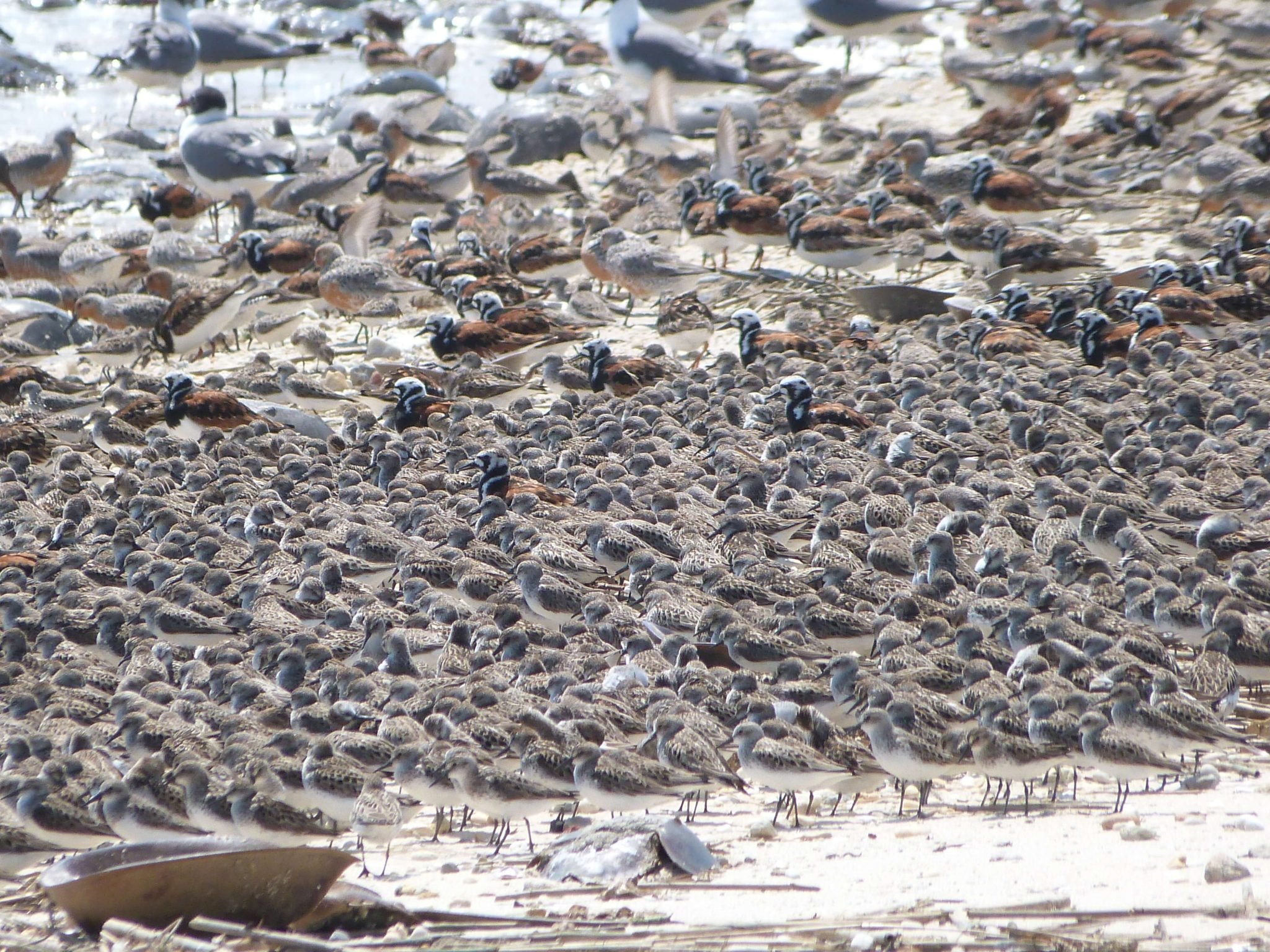
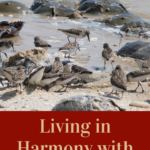

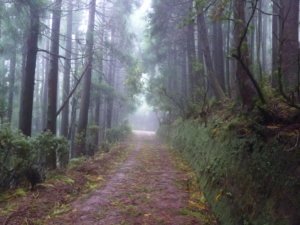
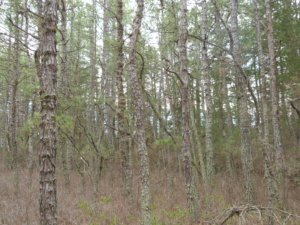
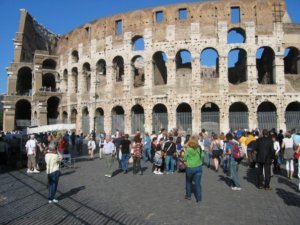
Comments
What an inspiring post! My family recently drove through Utah on a road trip and now we’re talking to homebuilders in St. George. It really got me thinking about how we can build sustainably and live more in harmony with nature, just like the tribes you mentioned. The wildlife bridges in Banff are such a great example, and I’d love to see similar ideas applied here to protect both people and wildlife!
Author
I am so glad it inspired you to take action! Every small action adds up to big change.
Pingback: How climate change is affecting travel – and how we can do better - Wandering with a Dromomaniac
Pingback: 5 amazing lessons I learned about life from nature